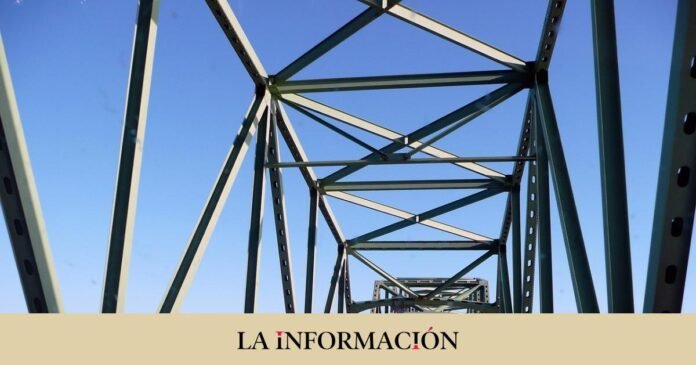Private infrastructure has more than $1 trillion in assets under management. This asset class now covers a wide range of businesses such as energy, transportation or digital and social infrastructure. It has also earned a reputation as a stable haven, especially when markets have suffered turmoil in recent years. However, investors have to deal with rapidly changing dynamics around issues such as the environment, politics, technology and competition.
Infrastructure covers sectors that provide essential services to citizens, including those that meet society’s energy, transportation and communication needs. They may also include others, such as waste and water, sanitation and other areas of primary need. “Historically, governments around the world were the main investors in infrastructure, and in many places they continue to be. However, private capital has become increasingly important,” analyzes the UBS AM team. The trend began in Australia in the 1990s, with the privatization of state-owned infrastructure assets, and has spread around the world to Europe, Canada, the United States and eventually even emerging markets.
What seems unquestionable is that private infrastructure funds have proven to have a great track record in efficiently exploiting these types of assets, often improving their performance compared to state-owned ones, while meeting the profitability requirements of s . we investors. For this reason, these investment vehicles have become an essential part of the infrastructure ecosystem of many countries around the world.
The outlook for infrastructure financing by the private sector is good. According to the OECD, annual spending on infrastructure will exceed six trillion dollars by 2030. At the same time, public budgets are increasingly tight, especially after the appearance of the coronavirus. This leaves an important role for the private sector and, in particular, infrastructure funds.
“We believe that stable infrastructure returns and positive prospects represent an attractive opportunity in an otherwise difficult and unpredictable environment,” BNP Paribas said in a report.
However, there are certain nuances around what is really considered an investment in infrastructure. If it were simply based on the provision of essential services, even the local supermarket or pharmacy would be considered infrastructure, but they are not. Traditionally, infrastructure investments are not only tangible assets that provide essential services to society, but also include other attributes such as high capital costs, long asset lives, technological maturity, stable cash flows and long-term contracts. . .
In the past, an investment had to meet most of these listed characteristics to qualify as infrastructure. But now, beyond the “essential service” and “long useful life of the asset” requirements, there are more flexible ones. The number of aspects that still need to be met depends on the investor’s risk tolerance and strategy. The importance of some of these attributes has decreased over time, simply due to the natural evolution and maturity of this asset class.
And now opportunities have arisen? The previous data drew the current scheme. Generous subsidies for renewable energy incentivize investors to accept risks in adopting new technologies. “In addition, taking into account the favorable factors in businesses such as telecommunications and digital infrastructure, there is less demand for cash flows in long-term contracts, as the high visibility of growth mitigates some risks,” comments UBS AM. Investors are also more willing to mobilize capital in competitive markets, as long as fundamentals are attractive.
Finally, you can also change what is considered essential. For example, investors recognized the importance of telecommunications infrastructure especially during the pandemic, when teleworking became the norm and broadband Internet connection became as necessary as heat and water. Telecommunications went from representing 7% of the global flow of infrastructure operations in 2017 to 16% in 2022. The great opportunity may be before the investing world.

